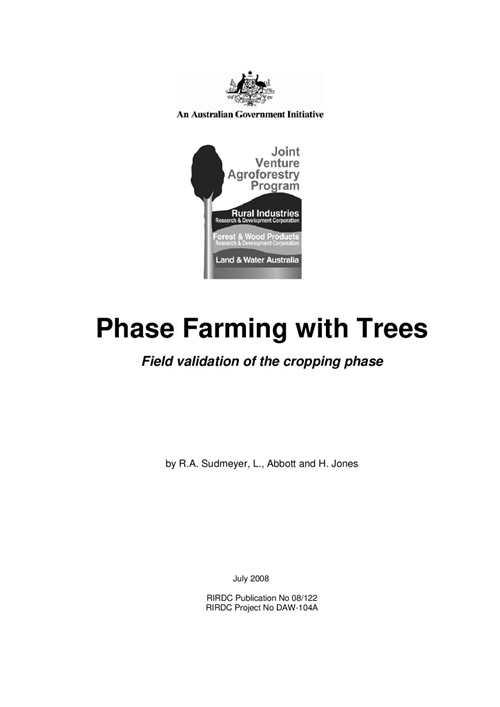Fact sheet: Sea cucumber aquaculture – Maintaining water quality using ecotoxicology tools
Maintaining optimal water quality is essential for the success of sea cucumber aquaculture. Inadequate water quality can lead to decreased production of cultured species and...





